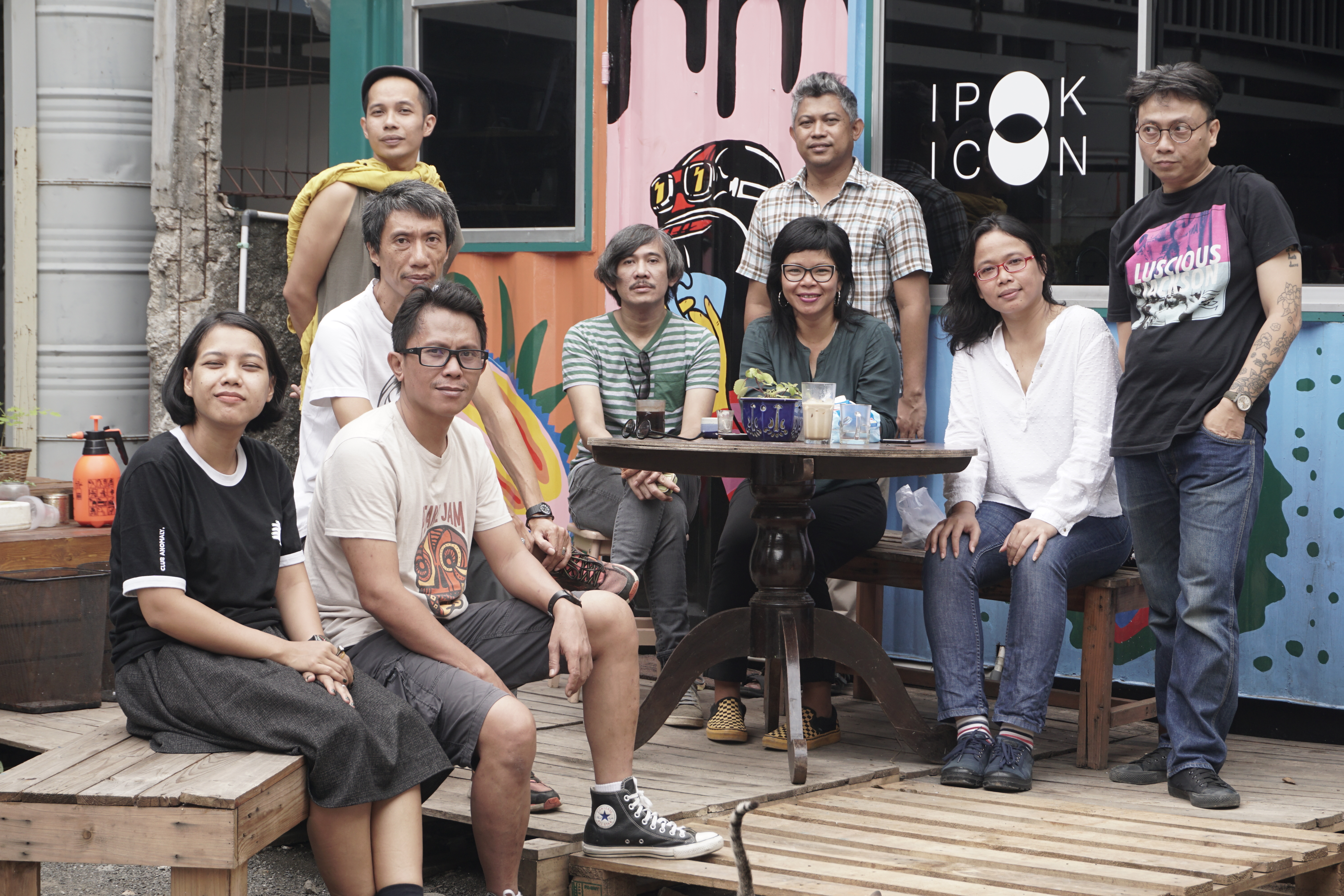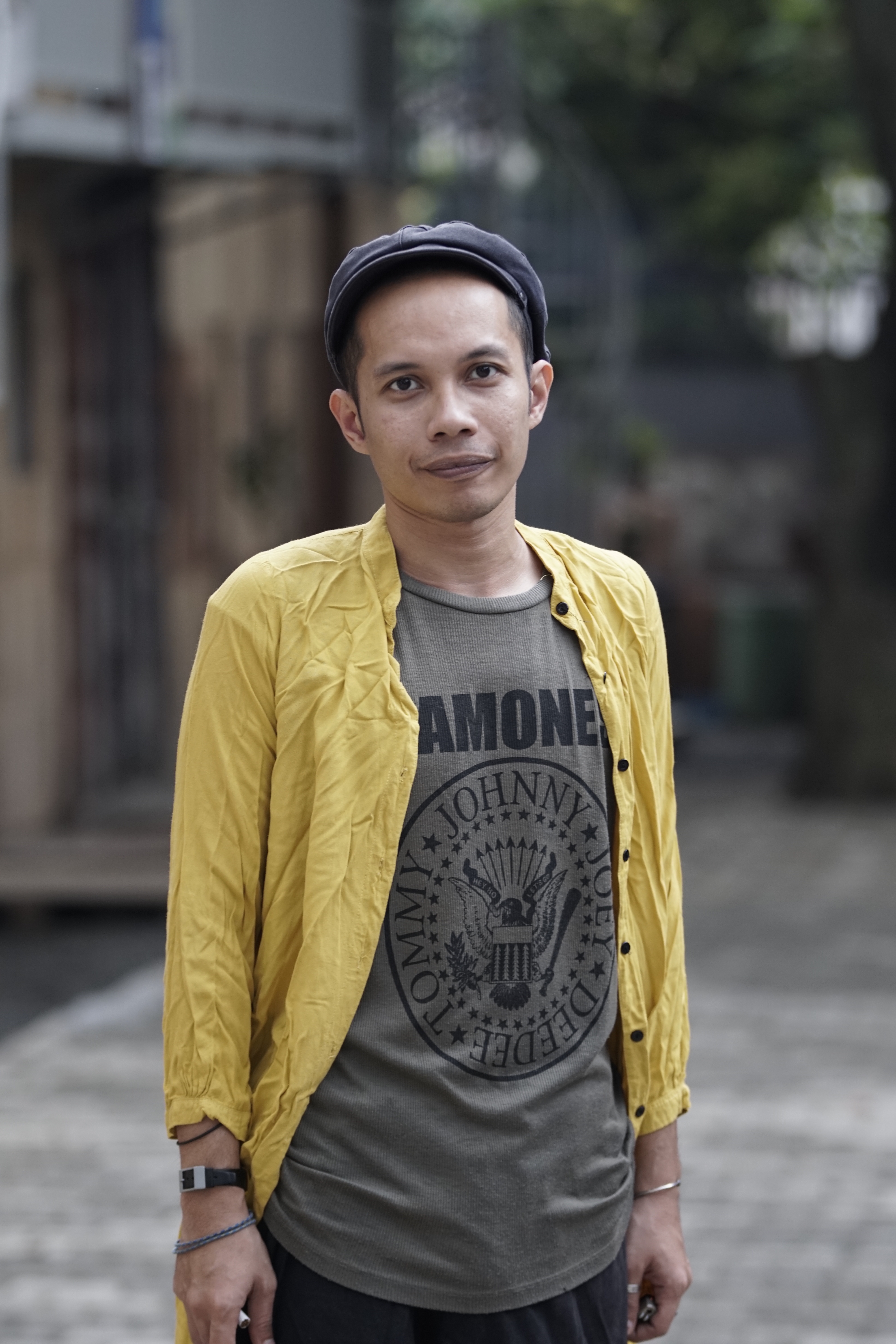According to the New York Times‘ Peter Baker, “White House aides argue that the string of congressional victories—capped by the package of climate, health and tax provisions that finally cleared the Senate over the weekend—compares favorably to the two-year legislative record of most any other modern president, even perhaps F.D.R. and L.B.J.” In Politico, Ryan Lizza and Eugene Daniels also compare Biden to LBJ, citing the American Recovery Act ($1.9 trillion), the Infrastructure Investment and Jobs Act ($550 billion), the Chips and Science Act ($280 billion), and the Inflation Reduction Act: ($700 billion), for a nearly $3.5 trillion agenda. They also mention the votes that expanded NATO and addressed gun safety and toxic burn pits.
I think these recent accomplishments are noteworthy. I am not writing to dampen excitement about the story (Biden’s momentum) that dominated the political news before it was eclipsed by the search of Mar-a-Lago. However, comparing recent legislation to the 1930s or 1960s is ridiculous.
In 1964 alone, Congress passed the Civil Rights Act, launched the War on Poverty with a blizzard of programs, created Food Stamps, and authorized war in Vietnam. In 1965 alone, Congress passed the Elementary and Secondary Education Act and the Higher Education Act (still the frameworks for K-16 federal education policy); Medicare and Medicaid; the Voting Rights Act, the legislation that established HUD plus the Public Works and Economic Development Act; the laws creating the National Endowment for the Humanities and National Endowment for the Arts; the Hart-Celler Act, which transformed the demographics of the United States by allowing mass immigration; the Vocational Rehabilitation Act; and the Highway Beautification Act; plus major legislation against heart disease, cancer, stroke and automotive emissions.
One indicator of the significance of the Biden laws is their cost, but one must adjust the sticker price for inflation, GDP, and/or population growth. Since the annual federal budget is usually about $4 trillion, $3.5 trillion over ten years (the Biden laws have various timeframes) equals roughly 10 percent of the annual federal budget, or two percent of GDP per year. Concentrating that much money on chosen priorities, such as climate, matters. But federal spending has often increased by more than two percent of GDP from one year to the next. In 2020, it grew by 10.5 percent due to spending that Trump signed and the economy’s contraction. A ten-year budget authorization can easily be changed before the decade is up.
In any case, cost is not the only relevant measure. The laws that FDR and LBJ signed created new institutions (such as Social Security or HUD) and new rights under federal law and revised the social contract, e.g., by getting the federal government involved in K-12 schools. These institutions, rights, and structures are mostly still in place today.
I do not believe that all the laws of the 1930s and 1960s were good–in fact, some were disastrous. I do not assume that the pace of change should typically match 1964-5. I certainly do not credit LBJ’s legislative successes to his personal skills. However, the public should be able to change the society (whether I happen to agree with the changes or not), and then we should be able to revisit our decisions. Elections should have regular and substantial consequences. Then democracy matters, leaders are held accountable, voters are empowered, and the public can learn from experience.
The election of 2020 certainly made a difference, as will those of 2022 and 2024. The Democratic victory blocked Republican goals and shifted federal spending priorities by up to $3.5 trillion over 10 years. This spending may enlarge constituencies that then reshape political power in the longer run. For example, the companies that produce subsidized renewable energy may prove as durable–for better and for worse–as the hospitals and pharmaceutical companies that have been federally subsidized since the 1960s.
However, the recent regulatory bills on guns and burn pits are ridiculously modest, and the spending is not as durable or significant as basic statutes are. Biden has not yet signed a statute comparable to the elements of the New Deal or Great Society–but then, neither have his predecessors for decades. For all his bluster, Trump signed basically no consequential laws other than big temporary spending increases that had Democratic support. Obama fought for and won some modest amendments to 1960s laws on health insurance. Bush II signed painstakingly negotiated amendments to the 1964 Elementary and Secondary Education Act and expanded domestic surveillance with the USA Patriot Act. Clinton signed the abolition of Aid to Families with Dependent Children and replaced it with Temporary Assistance for Needy Families and some related programs. Bush I signed no major statutes. This is a slim record for 30 years.
Overall, we expect too much of new presidents–who have limited power within a broken political system–but we expect too little of the system as a whole. Imagining that Biden’s legislative agenda rivals LBJ’s reveals how low are expectations have become.
See also: judicial activism when the legislative branch is broken; a different explanation of dispiriting political news coverage and debate etc.


